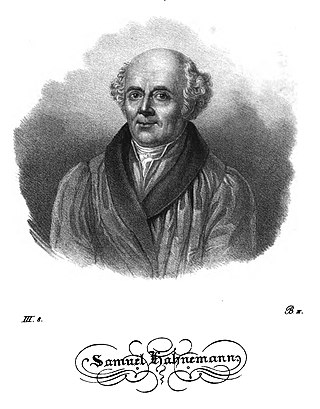
Homeopathy or homoeopathy is a pseudoscientific system of alternative medicine. It was conceived in 1796 by the German physician Samuel Hahnemann. Its practitioners, called homeopaths, believe that a substance that causes symptoms of a disease in healthy people can cure similar symptoms in sick people; this doctrine is called similia similibus curentur, or "like cures like". Homeopathic preparations are termed remedies and are made using homeopathic dilution. In this process, the selected substance is repeatedly diluted until the final product is chemically indistinguishable from the diluent. Often not even a single molecule of the original substance can be expected to remain in the product. Between each dilution homeopaths may hit and/or shake the product, claiming this makes the diluent "remember" the original substance after its removal. Practitioners claim that such preparations, upon oral intake, can treat or cure disease.

Christian Friedrich Samuel Hahnemann was a German physician, best known for creating the pseudoscientific system of alternative medicine called homeopathy.

James Tyler Kent (1849–1916) was an American physician best remembered as a forefather of modern homeopathy. In 1897 Kent published a massive guidebook on human physical and mental disease symptoms and their associated homeopathic preparations entitled Repertory of the Homeopathic Materia Medica, which has been translated into a number of languages. It has been the blueprint to many modern repertories used throughout the world and even remains in use by some homeopathic practitioners today.

Christoph Wilhelm Friedrich Hufeland was a German physician, naturopath and writer. He is famous as the most eminent practical physician of his time in Germany and as the author of numerous works displaying extensive reading and a cultivated critical faculty.
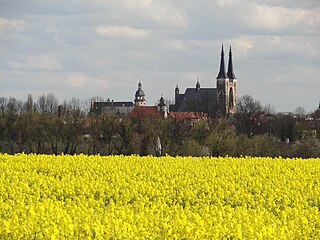
Köthen ( ) is a town in Germany. It is the capital of the district of Anhalt-Bitterfeld in Saxony-Anhalt, about 30 km (19 mi) north of Halle.

Allopathic medicine, or allopathy, is an archaic and derogatory label originally used by 19th-century homeopaths to describe heroic medicine, the precursor of modern evidence-based medicine. There are regional variations in usage of the term. In the United States, the term is sometimes used to contrast with osteopathic medicine, especially in the field of medical education. In India, the term is used to distinguish conventional modern medicine from Siddha, Ayurveda, homeopathy, Unani and other alternative and traditional medicine traditions, especially when comparing treatments and drugs.
The year 1810 in science and technology included many events, some of which are listed here.
The Organon is the name given by Aristotle’s followers to his works on logic.
Sir John Weir was a Scottish physician and homeopath who served as Physician Royal to several twentieth century monarchs.
Fragmenta de viribus is a homeopathic reference book published in Leipzig in 1805.

Gottlieb Heinrich Georg Jahr was a German-French physician and pioneer of classical homeopathy.
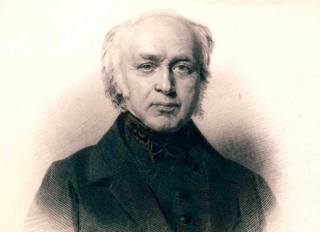
Clemens Maria Franz (Friedrich) Freiherr (Baron) von Bönninghausen was a lawyer, Dutch and Prussian civil servant, agriculturalist, botanist, physician and pioneer in the field of homeopathy.
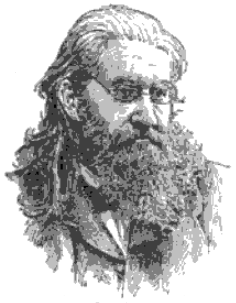
Constantine J. Hering was a physician who was an early pioneer of homeopathy in the United States.
In homeopathy, homeopathic dilution is a process in which a substance is diluted with alcohol or distilled water and then vigorously shaken in a process called "succussion". Insoluble solids, such as quartz and oyster shell, are diluted by grinding them with lactose (trituration). The founder of homeopathy, Samuel Hahnemann (1755–1843), asserted that the process of succussion activated the "vital energy" of the diluted substance, and that successive dilutions increased the "potency" of the preparation, although other strands of homeopathy disagreed.
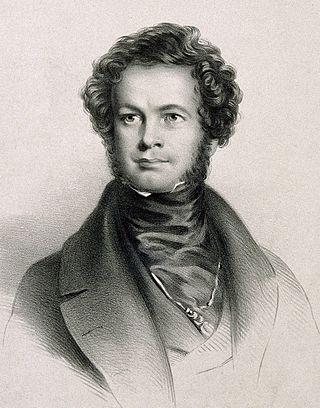
Frederic Hervey Foster Quin was the first homeopathic physician in England.
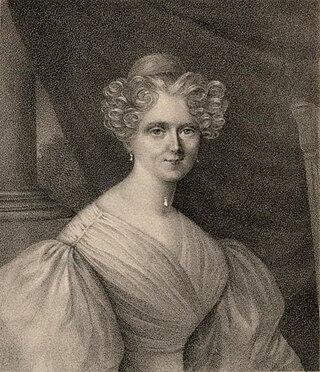
Marie Mélanie d'Hervilly Gohier Hahnemann, was a French homeopathic physician, married in 1835 to Samuel Hahnemann. She was the first female homeopathic physician.
Romantic medicine is part of the broader movement known as Romanticism, most predominant in the period 1800–1840, and involved both the cultural (humanities) and natural sciences, not to mention efforts to better understand man within a spiritual context. Romanticism in medicine was an integral part of Romanticism in science.

Arthur Lutze, was a major figure in medicine and regimen in Germany because of his establishment of a major homeopathic clinic and spa in Köthen, Germany in the mid-1800s. He was also known for his advancement of a particular approach in the use of homeopathic medicines, known as dual remedy prescribing, after it was ostensibly dropped by others, including Samuel Hahnemann, the founder of the homeopathic approach. His decision in 1865 to release a version of the much awaited, but long delayed publication of the last, 6th edition of Hahnemann's Organon der Heilkunst, which included a disputed paragraph created by Hahnemann for the 5th edition, but subsequently withdrawn for political reasons within the homeopathic medical community in Germany, resulted in a strong protest from more conventional homeopaths.
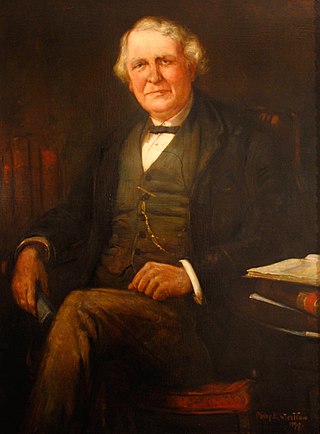
Robert Ellis Dudgeon was a Scottish homeopath.

William G. Boericke was an Austrian-born American physician and ardent, influential exponent of homeopathy. He is known in the field today as the compiler and editor of the Pocket Manual of Homeopathic Materia Medica. The ninth edition has endured as his most re-published version partly because of its then final inclusion of a mini-repertory by his brother, Oscar Eugene Boericke, MD, also a homeopathic physician.














